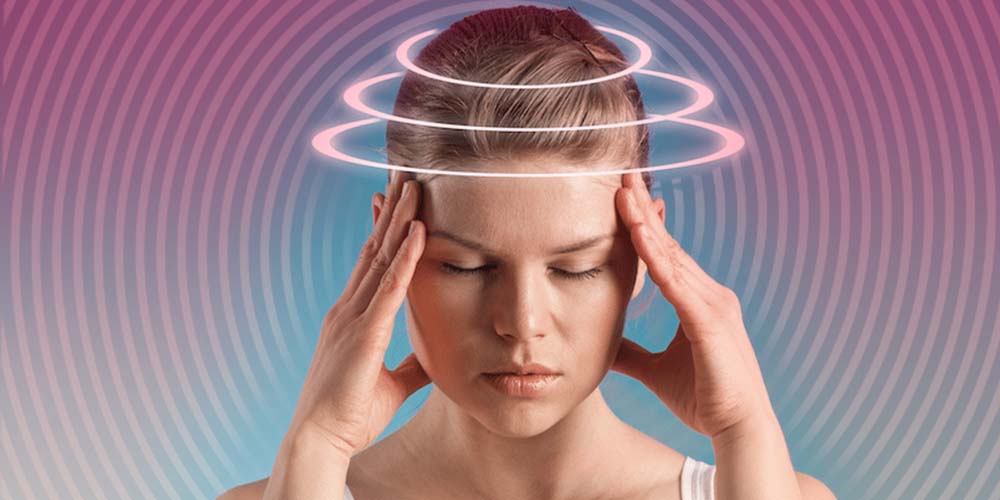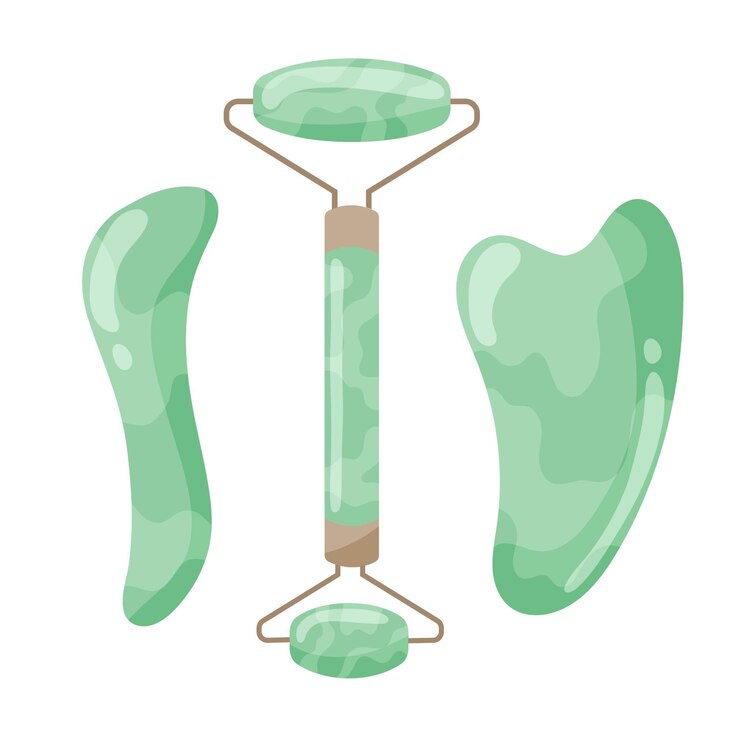Pelvic Floor Physical Therapy in Edmonton. Pelvic floor physical therapy […]
Understanding Dizziness and Vertigo: Causes, Symptoms, and Treatment Options
Dizziness and Vertigo:
Introduction:
Dizziness and vertigo are common sensations that can significantly impact a person’s daily life and well-being. Many individuals experience these symptoms at some point, but understanding their causes and available treatment options is crucial for effective management. In this blog, we will delve into the world of dizziness and vertigo, exploring their definitions, underlying causes, associated symptoms, and various treatment approaches. By gaining knowledge about these conditions, individuals can seek appropriate medical attention and take steps towards alleviating their symptoms for a better quality of life.
I. What is Dizziness?
Dizziness is a general term used to describe sensations of lightheadedness, unsteadiness, or a spinning feeling. It is important to differentiate between dizziness and vertigo. Dizziness often encompasses various sensations, while vertigo specifically refers to a false sense of spinning or rotational movement. Dizziness can arise from numerous factors, including:
Inner Ear Disorders: Conditions such as Meniere’s disease, benign paroxysmal positional vertigo (BPPV), and vestibular neuritis can lead to dizziness and vertigo.
Medications: Certain medications, such as those used to treat high blood pressure or anxiety, may have dizziness as a side effect.
Low Blood Pressure: A sudden drop in blood pressure, known as orthostatic hypotension, can cause dizziness, especially upon standing up quickly.
II. Understanding Vertigo
Vertigo, as mentioned earlier, is characterized by a false sense of spinning or movement. It is often associated with inner ear disorders and can significantly disrupt daily activities. The most common causes of vertigo include:
BPPV: This condition occurs when small calcium crystals in the inner ear become dislodged and disrupt the normal balance of the vestibular system.
Meniere’s Disease: A chronic disorder affecting the inner ear, Meniere’s disease presents with episodes of vertigo, hearing loss, tinnitus (ringing in the ears), and a feeling of fullness in the affected ear.
Vestibular Migraine: Migraine headaches can sometimes manifest as vertigo or dizziness, accompanied by other typical migraine symptoms.
III. Symptoms and Impact on Daily Life
Dizziness and vertigo can cause a range of symptoms that vary in severity and duration. Along with the primary sensations of spinning or unsteadiness, individuals may experience:
Nausea and Vomiting: The false sense of motion can lead to feelings of queasiness and may result in vomiting.
Balance Problems: Dizziness and vertigo can affect one’s balance, leading to an increased risk of falls and difficulty with activities such as walking or driving.
Anxiety and Depression: Living with chronic dizziness or recurrent vertigo episodes can take a toll on an individual’s mental health, leading to anxiety, depression, or social isolation.
IV. Diagnosis and Treatment Options
Diagnosing the underlying cause of dizziness and vertigo requires a comprehensive evaluation by a healthcare professional. This may involve a detailed medical history, physical examination, and specialized tests, including:
Dix-Hallpike Maneuver: Used to diagnose BPPV, this test involves specific head and body movements to induce vertigo and assess eye movements.
Audiometry: Hearing tests may be conducted to evaluate the functioning of the auditory system and identify any associated hearing loss.
MRI or CT Scan: These imaging tests may be recommended to rule out structural abnormalities or detect underlying causes.
Once a diagnosis is established, appropriate treatment options can be explored, which may include:
Canalith Repositioning Procedures: For BPPV, canalith repositioning procedures like the Epley maneuver or Semont maneuver can be performed to guide the dislodged calcium crystals back to their proper position within the inner ear.
Medications: Depending on the underlying cause, medications may be prescribed to alleviate symptoms. These can include anti-vertigo medications, anti-nausea drugs, or migraine medications in the case of vestibular migraines.
Vestibular Rehabilitation Therapy (VRT): VRT is a specialized form of physical therapy that aims to improve balance and reduce dizziness symptoms. It involves exercises and maneuvers that promote central nervous system compensation and adaptability.
Lifestyle Modifications: Certain lifestyle changes can help manage dizziness and vertigo symptoms. These can include avoiding triggers such as bright lights or certain foods, maintaining a consistent sleep schedule, staying hydrated, and practicing stress-reduction techniques.
Surgical Interventions: In rare cases where conservative treatments fail, surgical interventions may be considered. These can include procedures to decompress the inner ear or correct structural abnormalities.
Conclusion:
Dizziness and vertigo can significantly impact an individual’s quality of life, but with proper understanding and treatment, their effects can be managed effectively. If you or someone you know experiences these symptoms, seeking medical attention is crucial for accurate diagnosis and appropriate treatment. By working closely with healthcare professionals and exploring the various treatment options available, individuals can regain control of their lives, reduce symptoms, and improve their overall well-being. Remember, everyone’s experience with dizziness and vertigo is unique, and tailored approaches are necessary to address each individual’s specific needs.





